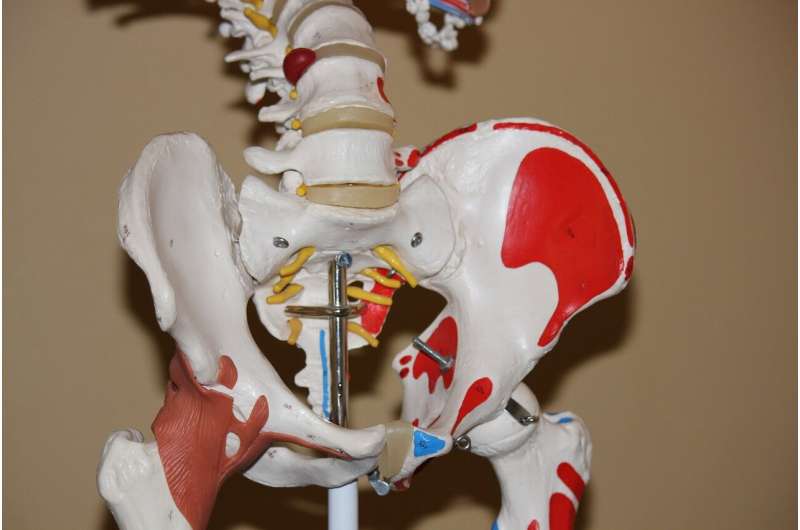
A growing number of adolescents in the United States are undergoing total hip replacement surgeries, according to new study findings from researchers at Hospital for Special Surgery (HSS) in New York City. The results were presented today at the American College of Rheumatology (ACR) annual meeting in a poster titled “Use of Total Hip Arthroplasty in Patients Under 21 Years Old: A U.S. Population Analysis” and recently published in The Journal of Arthroplasty.
Between 2000 and 2016, the number of total hip arthroplasty (THA) procedures performed in patients under 21 years of age increased from 347 to 551, while the total pediatric population in the United States remained stable, the researchers found.
Traditionally, most young patients undergoing THA suffer from developmental bone or joint ailments or juvenile inflammatory arthritis. However, the new study revealed that the upswing in THA procedures in young patients is not being driven by a rise in the number of children with inflammatory joint disease, suggesting that nonsurgical therapies to control these conditions are working, said Bella Mehta, how to buy diabecon usa no prescription MBBS, MS, MD, a rheumatologist at HSS and the senior author of the study.
“Our study shows that although THA procedures are increasingly being performed in young people, we aren’t seeing more of these patients seeking surgery for inflammatory arthritis,” Dr. Mehta said. “We’re doing a better job at treating these individuals so they don’t develop end-stage joint damage. Twenty years ago, we didn’t have access to effective pharmacologic treatments for these conditions, and now we’re using them well and helping these patients live a better life.”
“These procedures are still pretty rare in hospitals, and some surgeons might not see any young patients,” added Alex Gibbons, a research assistant in Dr. Mehta’s group and a co-author of the study. “Although some site-specific data on THAs in adolescents exist, it wasn’t known how frequently these procedures were being performed in the United States and if that frequency was growing or not.”
For the study, Dr. Mehta and her colleagues used the Kids’ Inpatient Database, a repository of information on patients under 21 years of age from approximately 4,200 hospitals in 46 states. The researchers looked for elective and non-elective primary THA procedures.
The mean age of young patients undergoing THA was just over 17 years and remained constant throughout the duration of the study. Most patients were white (55.3%) and had private insurance (56.5%). The majority (80%) of THAs were performed in urban teaching hospitals.
Mark P. Figgie, MD, chief emeritus of the Surgical Arthritis Service at HSS and a co-author of the study, said the finding that most THA procedures in young patients are performed in urban and teaching hospitals reflects a trend that is beneficial for these patients. As other studies have demonstrated in conditions like inflammatory arthritis, when hip replacements are performed by surgeons with significant experience, patients have better outcomes. “And for younger patients, the nuances require the expertise and knowledge to avoid complications and optimize outcomes,” Dr. Figgie said.
The most common diagnoses for young patients undergoing THA were osteonecrosis, osteoarthritis and juvenile idiopathic arthritis (JIA)/inflammatory arthritis, the researchers found. Over the course of the study, the frequency of THA for osteonecrosis rose from 24% to 38%, while that for arthritis fell from 27% to 4%—likely a reflection of recent improvements in medical management for the condition, they added.
Dr. Figgie noted that improvements in implant technology and materials have made the devices far more durable than they were 20 years ago. As a result, surgeons now feel more comfortable offering THA to young patients because their implants are likely to withstand the wear and tear of decades of activity.
Source: Read Full Article
